The Kabbalistic Resilience of Community and Shadow Work
One of the things I have learned from the ancient wisdom of Kabbalah as well as from my experience of more than 30 years¹ in the world of conscious communities, is the need to design flexible structures.
“A person should be as flexible as a bamboo and not as rigid as the cedar tree”, said the Talmud, “so when a storm wind comes it bends over like a bamboo instead of being uprooted and crashed down like the cedar tree”.
In Kabbalah, the Cedar tree is taken as a symbol². It symbolizes a personality structure that is single-minded and arrogant, very proud and sure of itself. It can be very strong, but its weakness is actually in its strength, as it doesn’t know how to bend down and make itself flexible. The bamboo knows this secret and therefore finds its amazing power and resilience in its humility.
Modernity increased the importance of the individual, and most of us, therefore, live as individuals in little private concrete boxes, trying to pay the bills and bring the kids to school in time. We stand alone and build our world like a cedar tree, not being dependent on the community. Until a storm shakes the world and reminds us of the power of community.
A healthy community develops itself in a way that each one person is backed up by several others. No one stands alone in front of the storm, we all lean in to help each other, and this process of leaning in is symbolized by the Bamboo's ability to bend and bow down.
Many of us are yearning for healthy community life, but very little do we know of how to create a healthy community that will not break. In my eyes it has to do with humbleness, or as we call it in Hebrew ANAVAH. It is the Anavah of the individuals in the community as well as the Anavah of the community as a whole. Not being too rigid, not think that you (or your community) knows it all, being able to humble your ego to receive different opinions that contradict yours, and respect diversity — all these are crucial to the resilience of life.
One of the ways I learned to receive opinions that are opposite to mine is by doing my own Shadow Work:
I have learned that if I have a certain “take” on things, and especially when I am very identified with this “take” then it is not the whole truth, not even MY whole truth: the opposite point of view, especially if it’s annoying me, is actually a hidden voice that I too have, but I keep this voice in the shadows.
Therefore, when my friend expresses this opposite point of view, he or she is actually giving voice to my own shadows. Sometimes I want to fight those “stupid opinions”, but that is just because the fight resides inside me, and I wish to project it outward.
By owning every opposite opinion as mine, I learn to not take myself too seriously, and more important: to love the people that are here to show me those shadows. By listening to them I start to check where in me that are these voices but I do not let them speak? Then I go to do my inner work, which usually results in a more refined approach than the one I had before.
This is not a compromise! This is a different process. It is a process of listening to the hidden truth in something I feel is not the truth, owning the fact that I too do not hold the whole truth, stop struggling and use it to wider my point of view and refine it.
In Kabbalistic terms, this is the process of finding the hidden secret ( רז RAZ) witting what appears to me as foreign ( זר ZAR) and including the “other” (אחר Acher) into the greater One (אחד Echad). Between the writing of those last two words in Hebrew there is just a little difference: a back tag on the back of the last letter. This back tag represents our awareness of the shadows.
Many people crash in stormy times. Many communities collapse because of inner strangles, and the secret is doing our SHADOW WORK that results in the expansion of our ability to contain the wind by being flexible and humble — therefore resilient and unbreakable like a bamboo.
¹ In 1989 as a 23-year-old man I was part of the 7 families that created the intentional community of Bat-Ayin in Israel, a right-wing religious organic farming settlement, that today counts for more than 200 households. In 2000 I established the Ashram by the Dead Sea and Hamankom Community that formed strong connections to the Tamera community in Portugal. Since 2005 I’m not living in a residential community but was involved in creating “the Hebraic Tribe” in Israel that created the Academy of Neviah, and led to the deep involvement of ISTA in Israel, and the amazing vibrant ISTA community that had formed there with the years.
² In Kabbalistic terminology, the Cedar Tree is an archetype of the worlds of “Tohu”, while the Bamboo stands for the worlds of “Tikun”.
Ohad Pele / May, 2020



